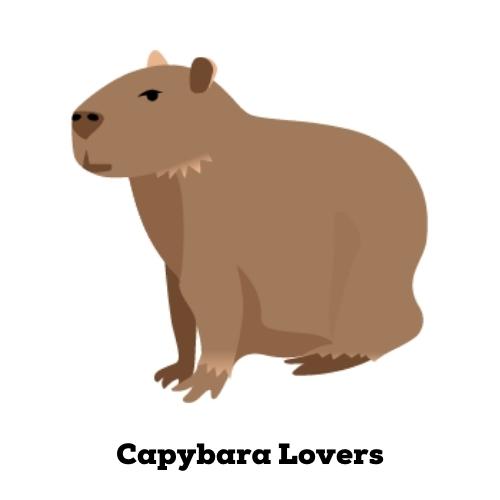Do you want to be the pet parent of the world’s most adorable, cuddly, and furry water-loving creature? If your answer is a big YES, then you should consider adopting a capybara! Capybaras are becoming increasingly popular as pets due to their gentle nature and ease of maintenance. Taking care of this semi-aquatic rodent involves more than just giving them love and attention — it also includes proper grooming and hygiene.
In this blog post, we’ll dive into everything you need to know about maintaining good capybara grooming habits for overall health benefits for your beloved pet.
Are capybaras high maintenance?
Capybaras are the largest rodents in the world, with many people loving them for their cute little faces and overall adorable demeanor. Although they may look like low-maintenance animals, they require quite a bit of effort to take care of properly.
They need a healthy diet that includes grasses and grains as well as branches to chew on, which is why they’re often found near bodies of water where there’s plenty of vegetation.
Additionally, they need an enclosure large enough for them to move around in, and it must be regularly cleaned given their penchant for getting dirty. When all is said and done, capybaras can be great animals to have – but make sure you have the time, patience, and commitment to give them the care they deserve!
How do capybaras groom?
Capybaras are an interesting species of rodent. While not everyone is familiar with them, they make excellent pets due to their gentle nature and they are gaining in popularity around the world. One fascinating capability of the capybara is its grooming habits. Not only do they groom themselves by licking, but they also clean one another!
This practice helps maintain health since it eliminates any parasites or ticks that may be on the animal’s fur. They will even take turns to groom each other, demonstrating their high social society and group dynamics. If you have plans to get a capybara as a pet, it’s important to keep in mind that they do need socialization and regular baths—and other capybaras can help with that!
Can you bathe a capybara?
Bathing a capybara can be an interesting activity. Most of the time, their natural habitat gives them enough water to keep clean and cool in hot weather, but occasionally bathing is necessary and can even be quite fun. It’s important to handle your pet with care when bathing them, as they might feel threatened by being submerged in water.
Comforting conversation along with a treat afterward can soothe your capybara’s anxiety. As long as you’re prepared with the right tools and take the necessary safety measures, it should be easy for you to help your capybara stay squeaky clean!
Do capybaras groom each other?
Did you know that capybaras have been observed to groom each other? These semi-aquatic rodents are mostly found in South America and are known for their playful behavior. In the wild, a large group of capybaras is referred to as a ‘holate’, and it is common among them to groom one another to maintain social bonds and ensure the health of their fur.
Capybaras use their sharp incisors to comb through the fur of another individual, which helps remove parasites and dirt while promoting circulation. It has also been speculated that this activity provides comfort, similar to how cats groom one another! So if you ever run into a friendly capybara, don’t be surprised if they give you a hefty grooming session – they are just looking out for your wellbeing!
How often do capybaras poop?
Capybaras are one of the most laid-back creatures on Earth – and they like to prove it. They are the world’s largest rodents, but their poop schedule is surprisingly consistent! Research has shown that capybaras tend to poop every four to five hours, depositing small pellets of moist fecal matter in areas around the water where they feed and shelter.
Not only does this provide an obvious source of nutrition for other small life forms, such as insects or worms, but it also provides their species with a place to cover up their tracks from predators.
What makes these big rodents so special is not only how consistent their toilet routine is, but also how important it is for both their survival and the survival of the other animals that live in close vicinity to them.
Do capybaras stink?
Capybaras, the large semi-aquatic rodents native to South America, have a bit of an image problem when it comes to their aroma. Many people are under the impression that capybaras smell horrible and should be avoided. In reality, however, capybaras produce very little body odor and can make appealing and fun pets!
They’re relatively clean animals with thick fur that repels moisture, and they also tend to favor water habitats which helps keep them — and your house — smelling fresh. So fear not; capybaras don’t stink as much as you think they do!
Final Reflections
From the design of their claws to their tendency to roll around in the mud, capybaras have evolved with some fascinating mechanisms for grooming and keeping clean. Although this may not sound like the friendliest environment for a human, it is key to the health and well-being of our spiny friends.
As you can tell, there are plenty of different ways that capybaras keep themselves clean and healthy. Not only does it ensure the safety of their group, but also keeps them feeling clean and content. So the next time you spot a capybara taking a dirt bath or having a large toothbrushing session, give them some extra attention as they’re just looking out for their wellbeing!














